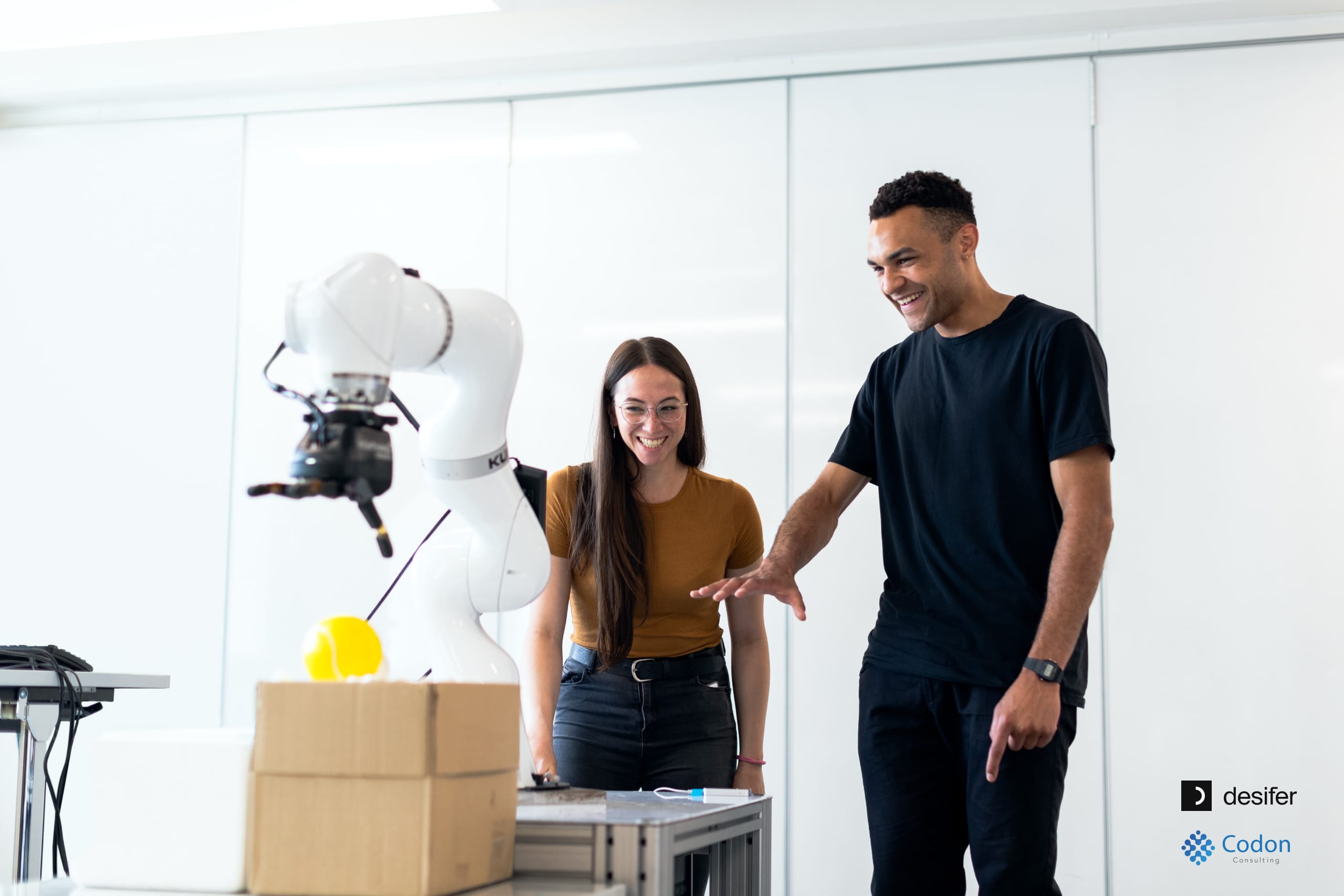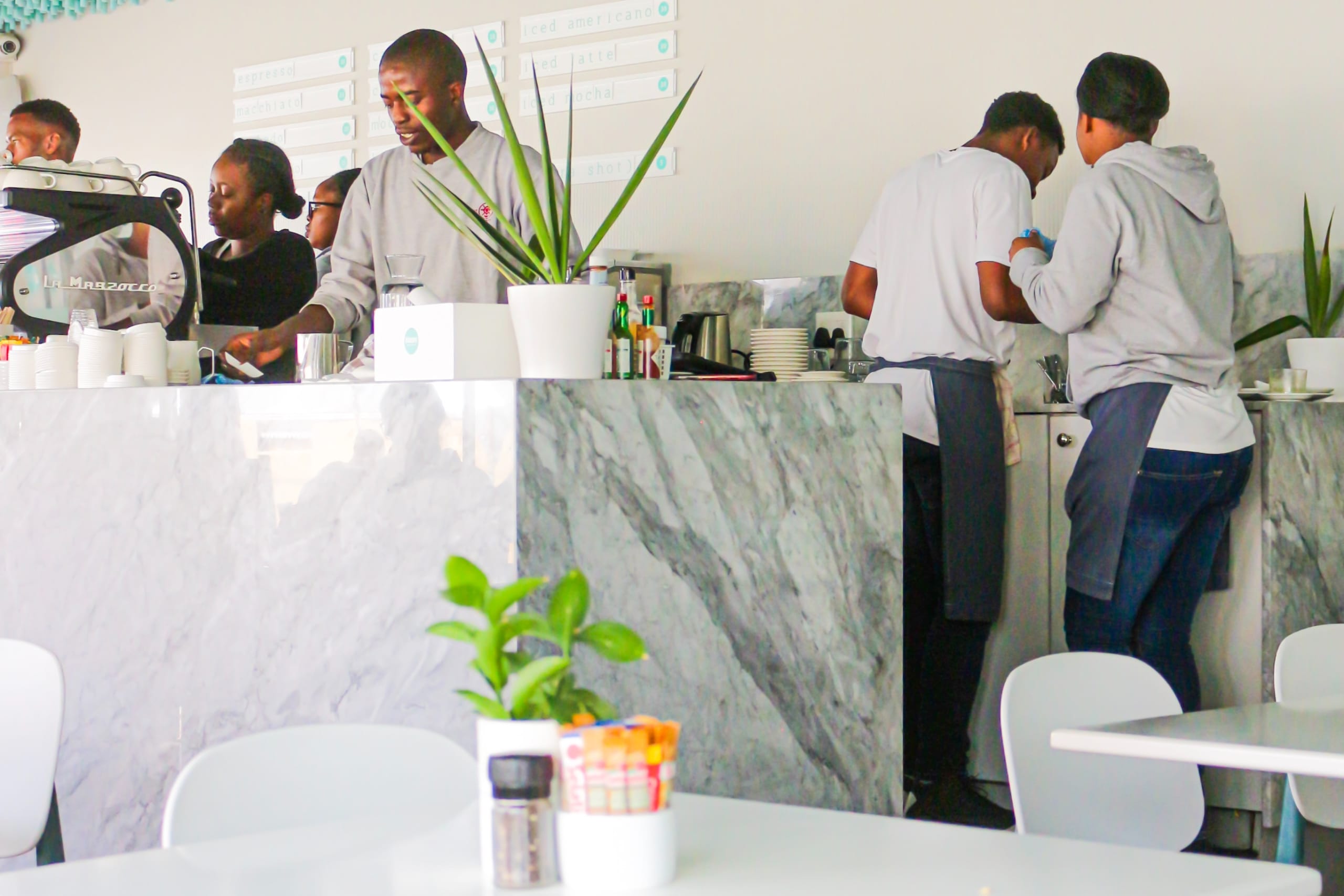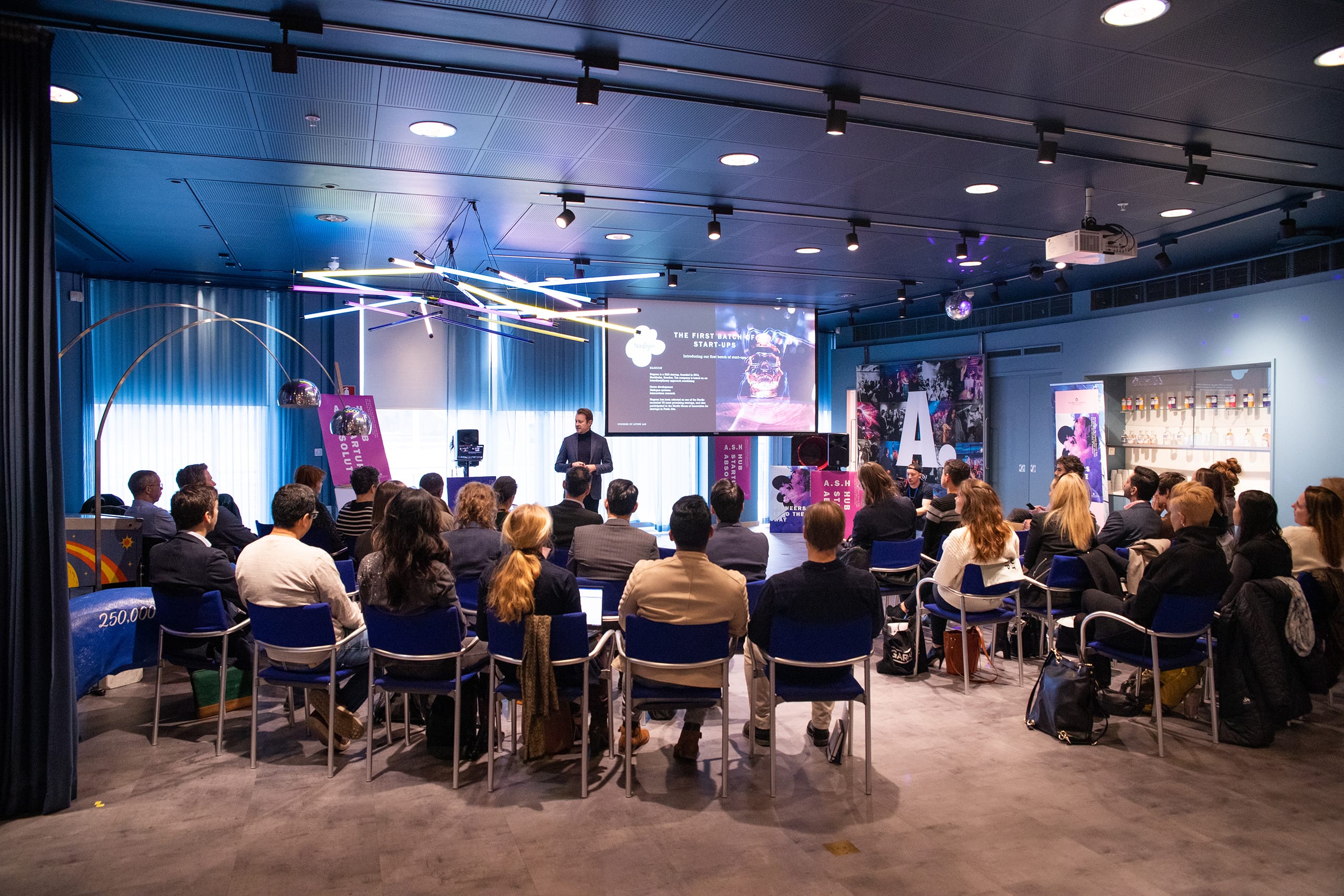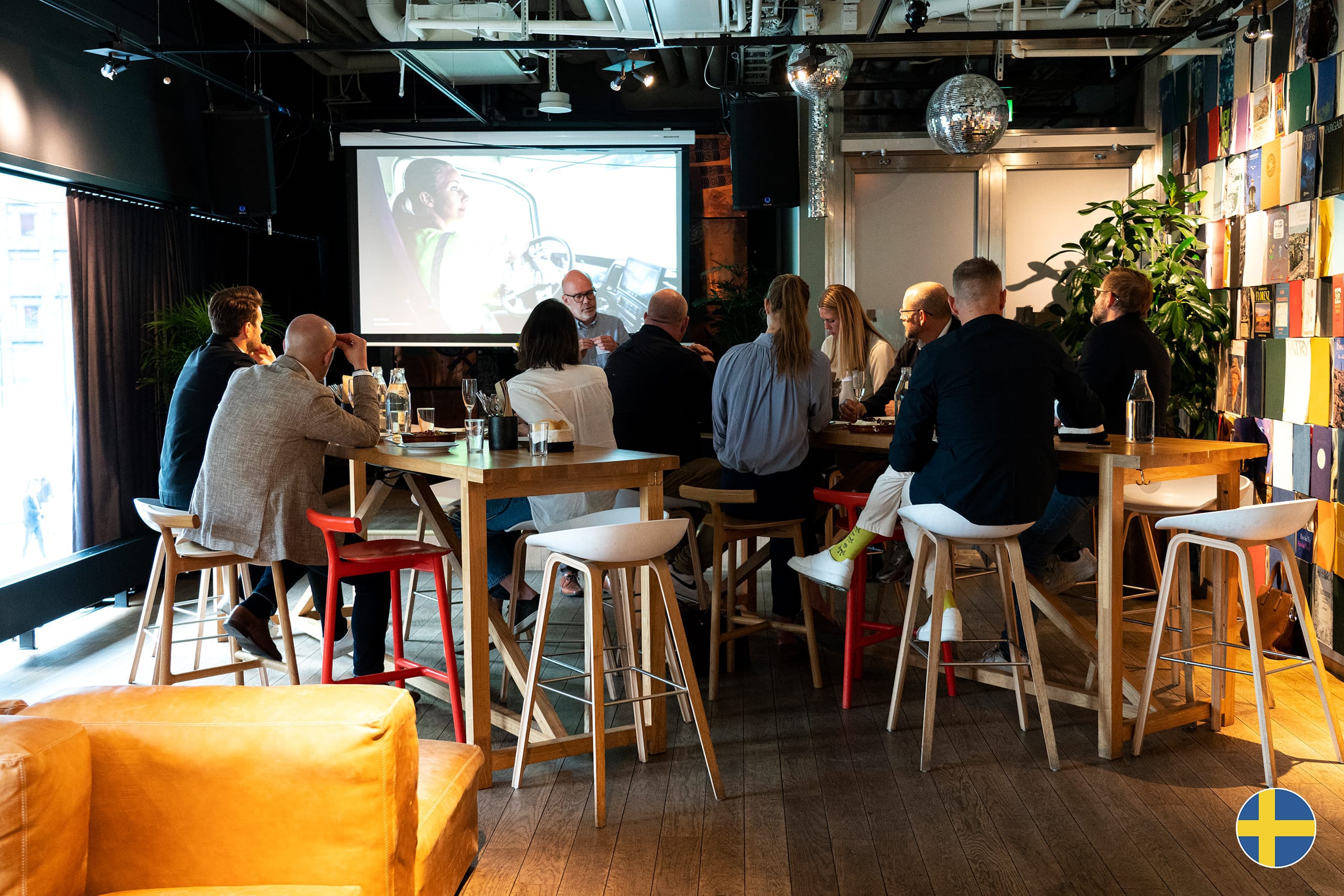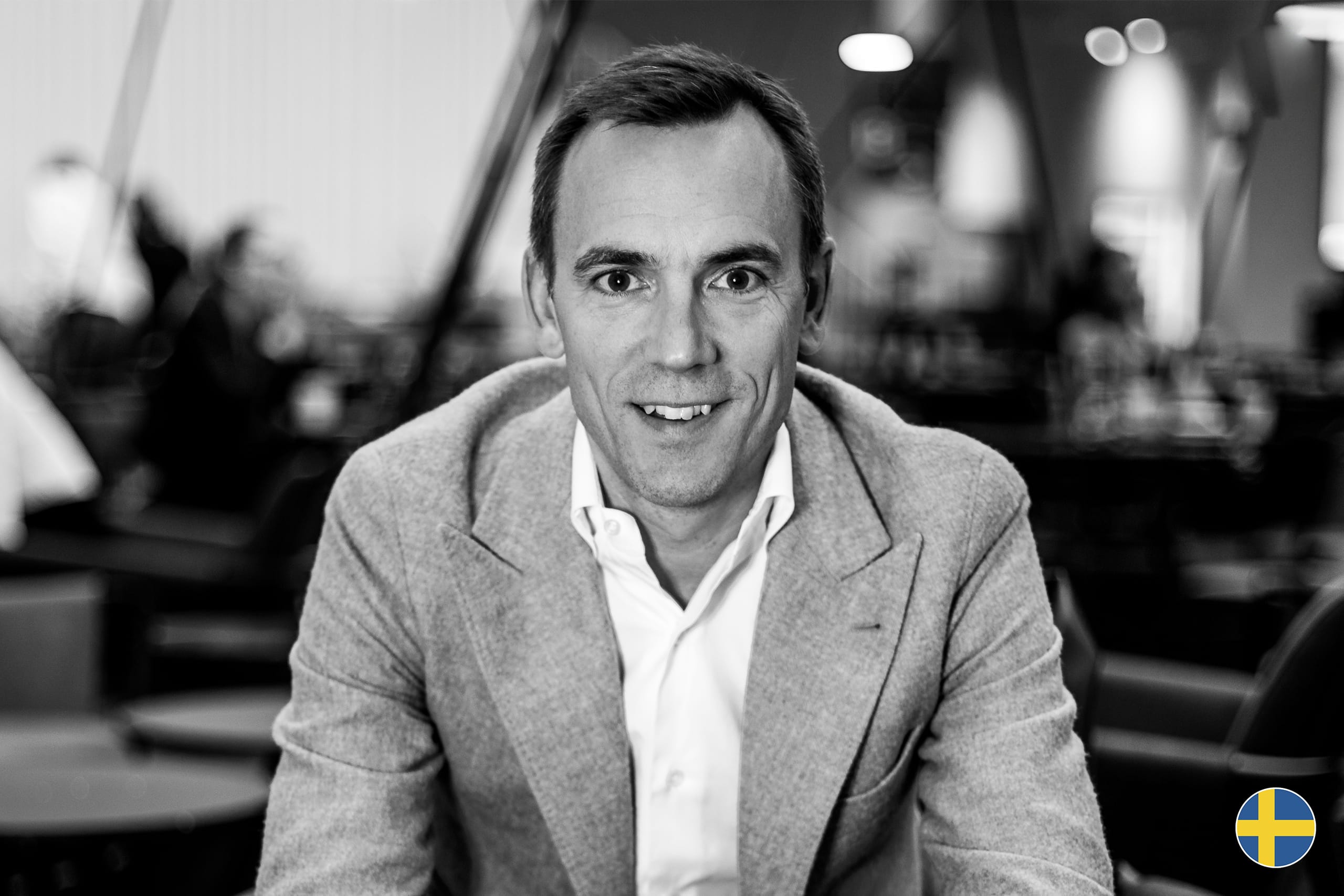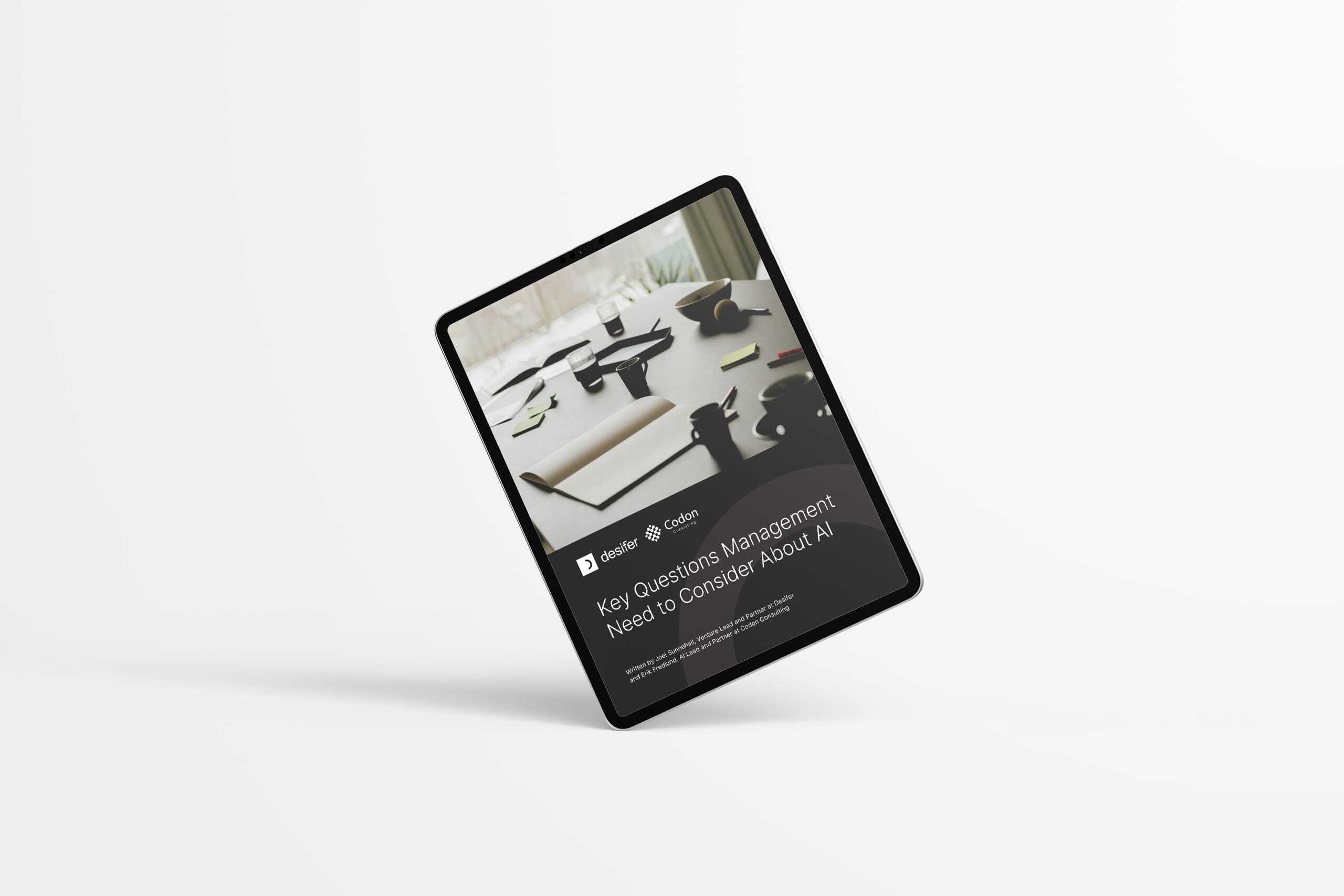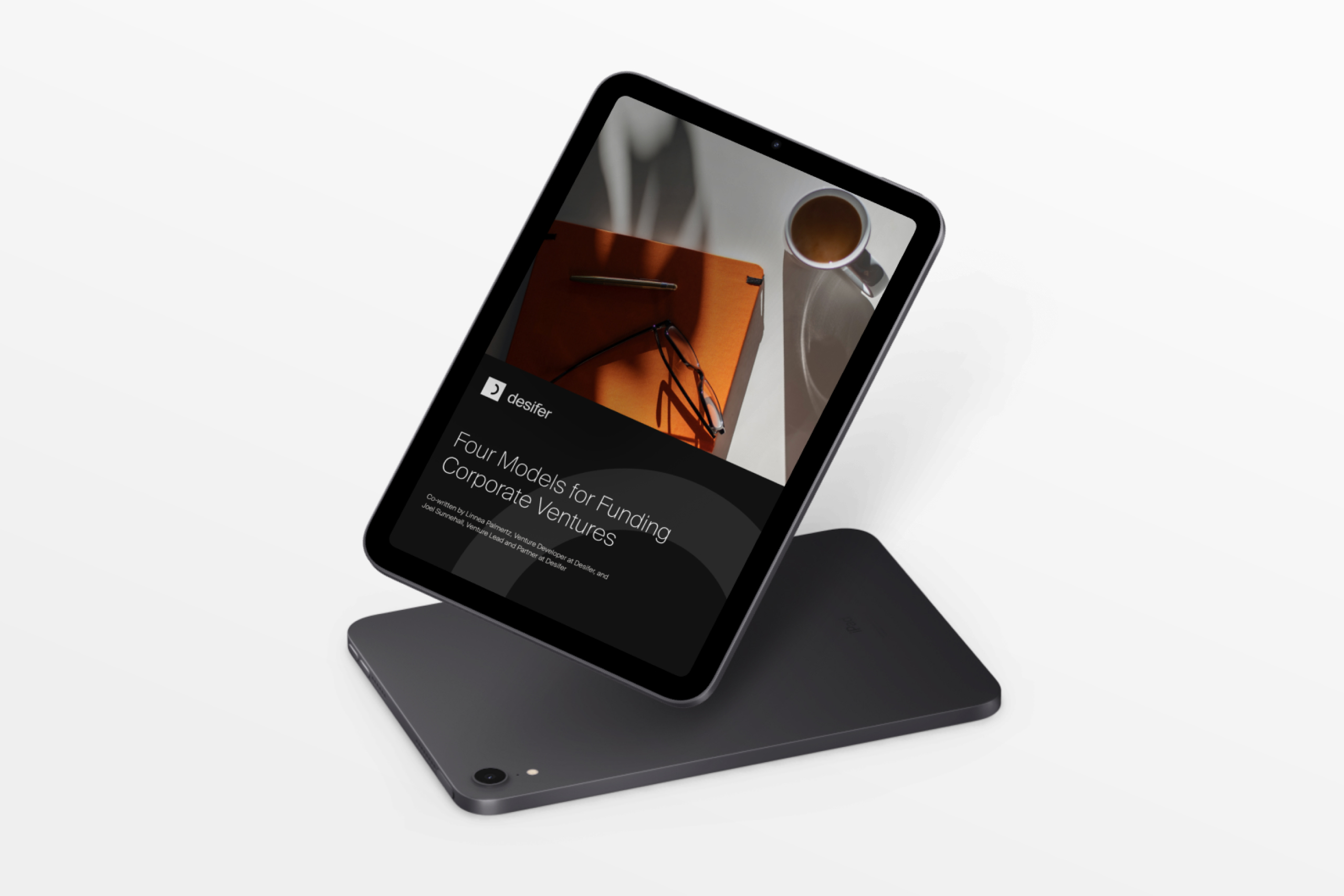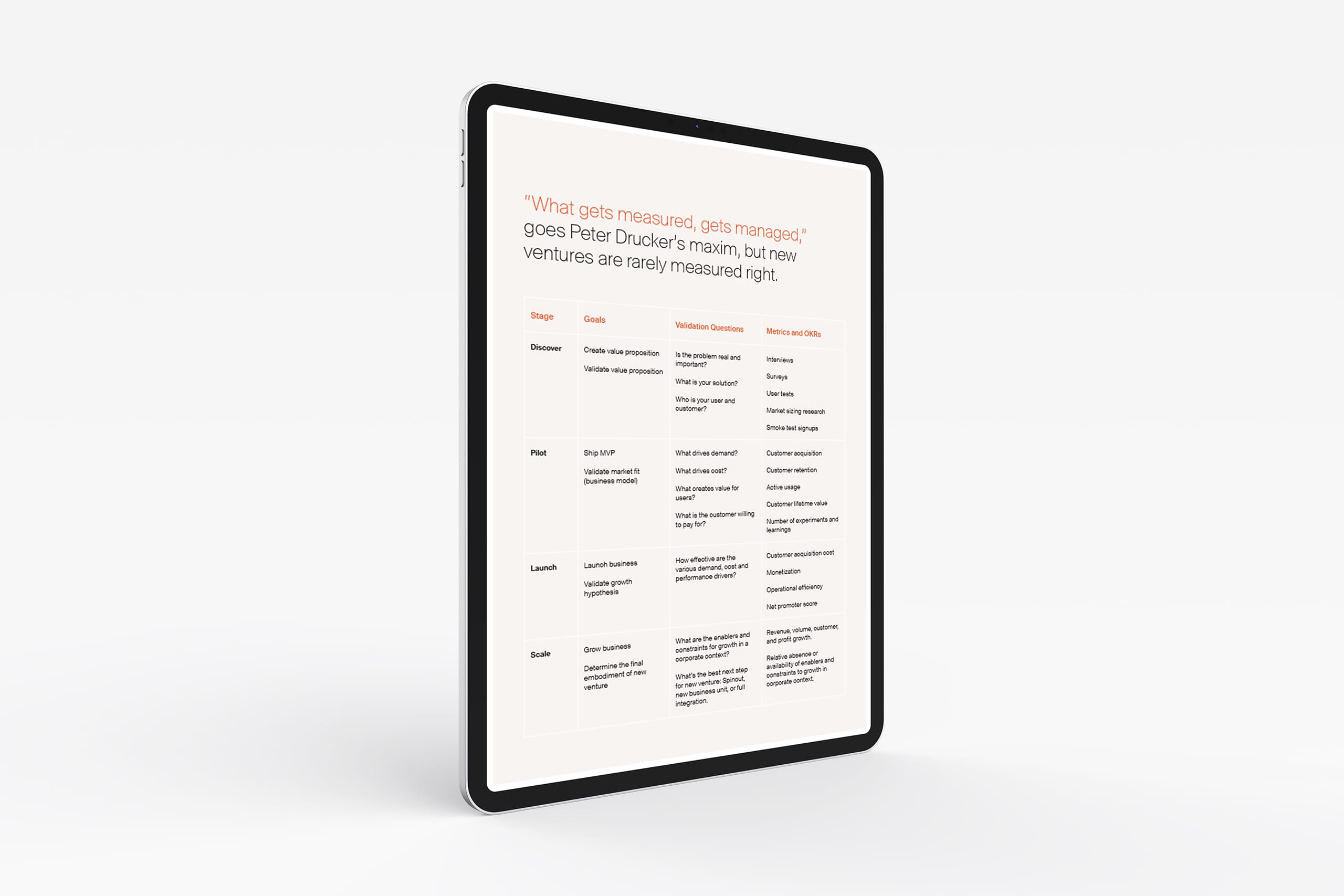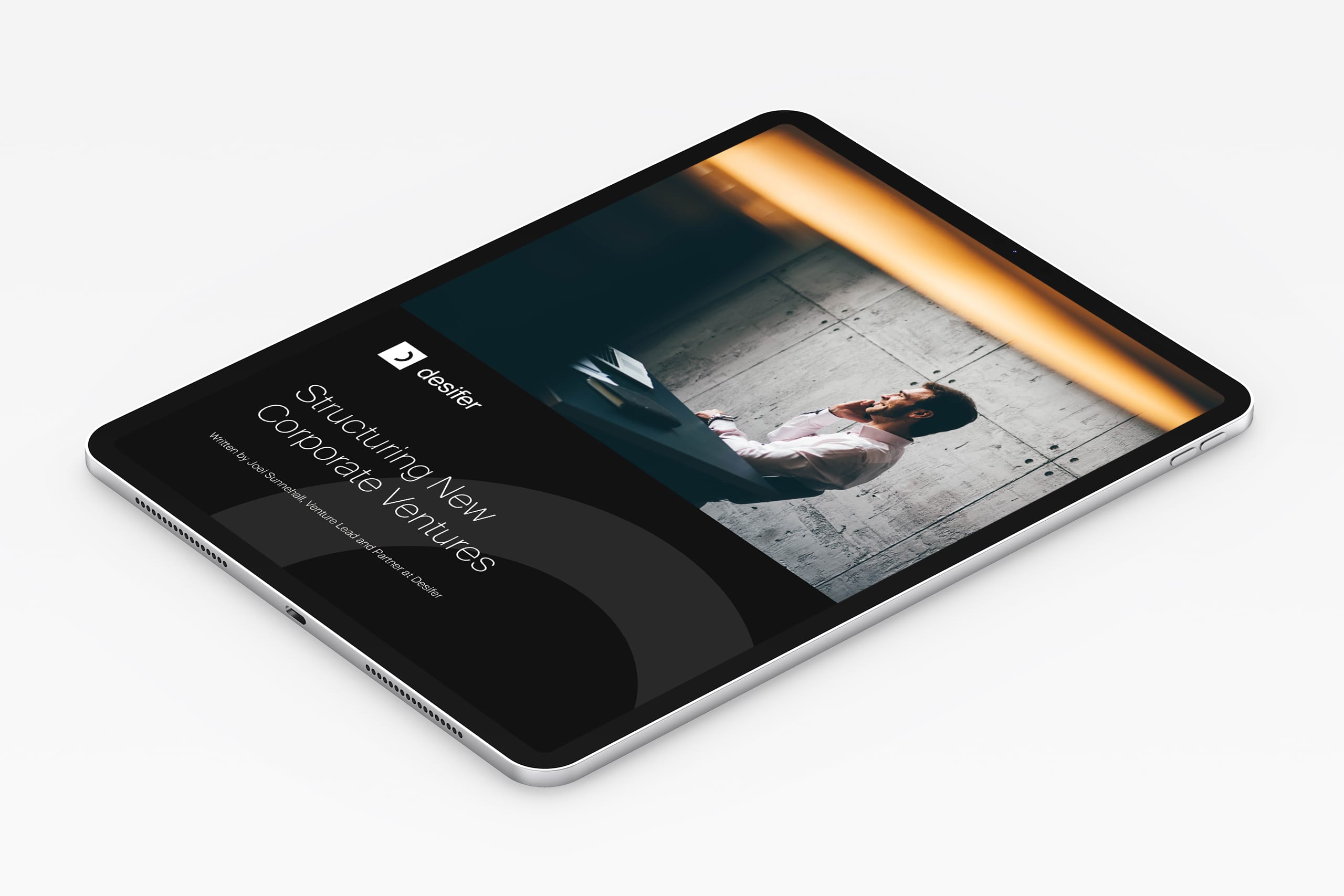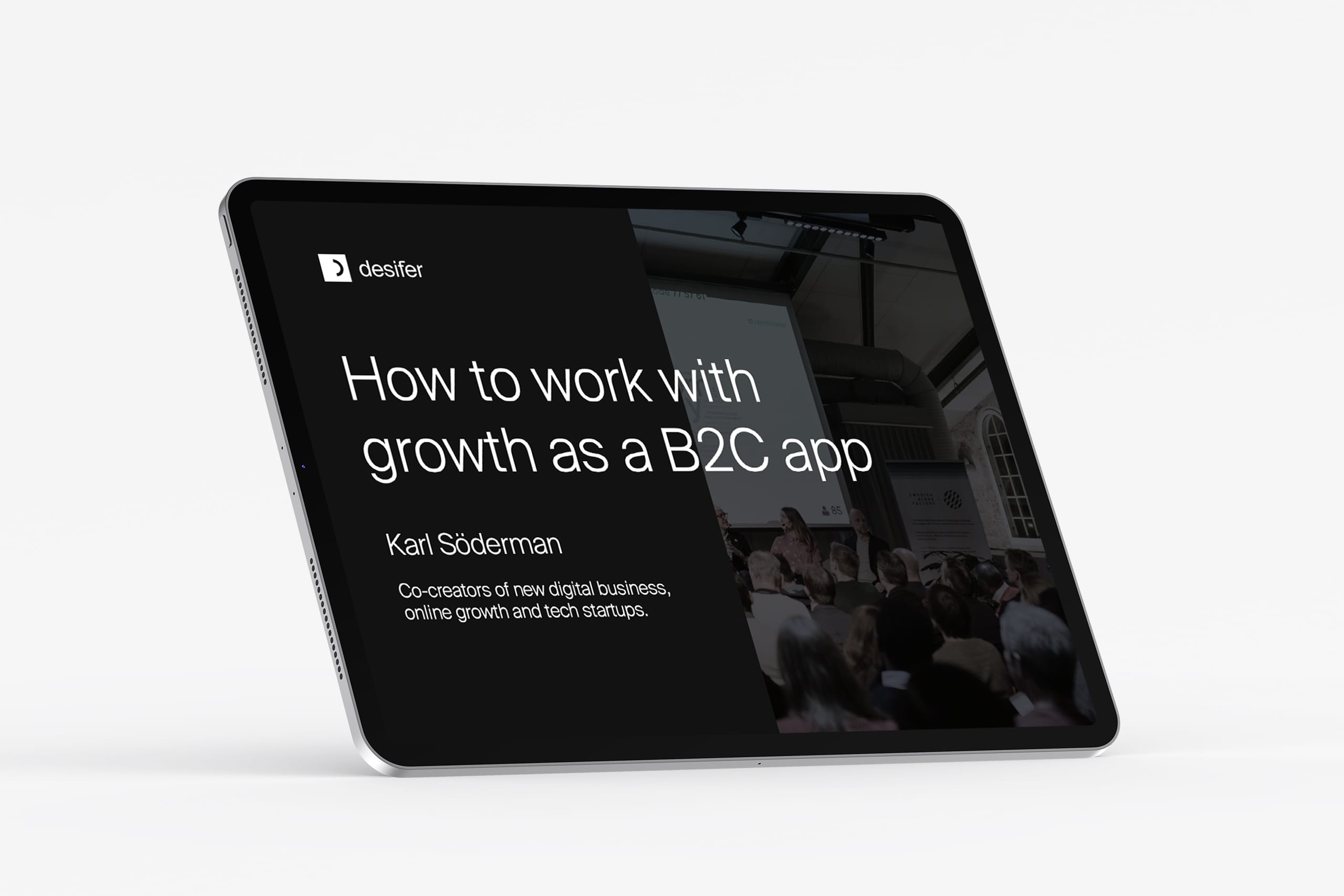Strategy | Trends
Written by Joel Sunnehall
November 1, 2022
Staying ahead of market disruption in the transportation ecosystem: An interview with Scania Ventures
Tell me a bit about your respective backgrounds.
Cindi: I have worked in the management and IT consultancy industry since 2007 before joining Scania two years ago. I have truly enjoyed the industry and the opportunity to work with a wide array of topics, including corporate strategies, digital transformations, and setting up organizations around innovation and service development. In my last position, I was heading a business area focusing on emerging tech and talent development.
In 2020 I joined Scania with the mission to accelerate the company’s speed of digital transformation and shift into new business models. From there, I moved to the newly created business area Mobility Solutions as Head of Strategy, working to find the sweet spot for Scania in the future transport ecosystem. Currently, I’m heading Scania Ventures, our corporate venture building organization.
Gabriele: I have a background in astrophysics research so I am used to working with a scientific approach, constructing and testing hypotheses, as a tool to learning efficiently. When I later became interested in innovation and venture building, I found that the same mindset was fundamental to de-risk the business model in uncertain markets. Working in the corporate world, I quickly realized that big established companies potentially have distinct advantages when building new businesses; their market access and brand equity, to name a few. The problem is, however, that they typically lack the culture and knowledge to leverage these advantages. This is understandable as established companies are organizations optimized for operating a known business model in a predictable market environment.
However, the rapid pace of technological development and the entry of new players in the market, has drastically increased the speed of transformation and in turn, the level of uncertainty – also in traditional markets like transportation. As the Senior Corporate Venture Building Director at Scania, together with the team, we are building the corporate venture building organization to industrialize the entrepreneurial culture and practice and create new successful businesses.

Cindi Lindsborg, Head of Scania Ventures and Gabriele Garavini, Senior Corporate Venture Building Director at Scania
What is Mobility Solutions and why is it important to Scania?
Cindi: The transport industry is currently undergoing a big change where new technologies and services are changing the relationship Scania has with its customers. In the future, Scania is more likely to be a supplier of sustainable transport services rather than a supplier of trucks, buses, and engines. Mobility Solutions is our new business area with the mission to lead Scania’s ambition to take a larger role in the transport ecosystem, by tapping into new revenue pools and developing business models outside Scania’s core. Thus, Mobility Solution is about the future of Scania. It’s about Scania continuing to be the market leader with long-term growth and profitability.
Gabriele: Yes, this change is very exciting. It’s largely driven by the digitalization of services, a trend that was late to arrive in logistics and transportation but is now taking hold. Likewise, sustainability and electrification are two trends that are changing the way traditional mobility companies must think about their products. It requires us to add more services around the main product, which ties back to the trend of digitalization, as the trucks being built and the customers they serve must interact with a bigger ecosystem. Self-driving technology and autonomy is a third mega trend that is affecting the industry, even though this is further out in time. Eventually, the truck will represent only a small portion of the total value proposition. Future customers will require an holistic service-driven approach to solve their mobility and logistics needs in an increasingly integrated business ecosystem.
Why did you choose venture building as a key strategy for Mobility Solutions?
Cindi: To reach the ambitious goals for Mobility Solutions and the future of Scania, we have to use all possible means. We already do our own research and development, and we partner with and invest in startups trying to solve important problems close to our core services. Despite these efforts, Scania had no systematic way of exploring external or internal ideas to capture new market opportunities, which is why we decided to start developing our own ventures and startups in-house.
Gabriele: Yes, we knew that there’s incredible talent and ideas in the Scania organization, both locally and globally. While recognizing the importance of these ideas, we know that the odds of transforming them into commercially successful ventures within an existing organizational setting are typically low. As many other large corporations, Scania is much better at sustaining the current business model and pursuing incremental development than it is at finding and implementing radical and transformative innovations. This constant but deliberate stream of development is what has made Scania possibly the most loved and respected brand in its market.
Scania Ventures, however, is different from the rest of the company. We are trying to create an organization that is better suited to find, select, and nurture transformational ideas, with the aim of developing them into ventures that can scale and impact society at large.
What ventures have you initiated so far and what are your initial learnings?
Gabriele: Scania’s sustainability strategy underpins everything we do at Mobility Solutions. Currently, we have five initiatives in our portfolio, where two of the ventures have gotten a bit further along the way. Elain is a service that uses primary data to measure and track the real CO2 footprint of a fleet of trucks and other vehicles. This generates incredible value for the whole logistics ecosystem, down to the parcel receiver that will know the real CO2 impact of its particular shipment. Gaia is another venture with a similar but distinct concept. Given that a large part of companies’ emissions stem from their IT infrastructure, Gaia aims to increase the visibility of the cloud infrastructure’s CO2 footprint and support customers in reducing it. Changing the way we code and architect our IT systems can substantially reduce IT costs and help companies reach sustainability targets.
We are still at the beginning stages of these ventures, but some of the initial learnings have been understanding the importance of building processes, and listening 100% to customers. We can see that by using data-driven methodologies and venture building approaches such as design thinking and lean startup to experiment and test assumptions together with customers, we are moving much faster and creating value propositions the customers really want.
Corporate entrepreneurship is a skillset and a practice that, once acquired, can be used to move quickly from idea seed to market tryout to commercialization. The trick is learning to balance the use of the mothership’s assets and the independence necessary for acting entrepreneurial.
What’s the next step in developing Scania’s ability to build new ventures?
Cindi: From my perspective, all venturing elements must come together. We need to start by identifying business opportunities and then collaborate with other units to see if there are any investment opportunities or organizations outside Scania that we can partner with. Additionally, I believe that it is absolutely crucial that we maintain momentum. As the market transforms, we need to be at the forefront of that transformation and ensure Scania stays in a leadership position.
Gabriele: Another next step is to intensify every aspect of what we are already doing. We need a higher intake of opportunities – first identifying as many ideas as possible, and then selecting the best ones to move forward with. We must also increase the number of ventures we invest in to balance the risk of the portfolio. At the same time, we want to become better at measuring both business outcome and operational performance. Only then we will be able to optimize the speed of learning and reduce the risk of our entire venture building approach and venture portfolio.













